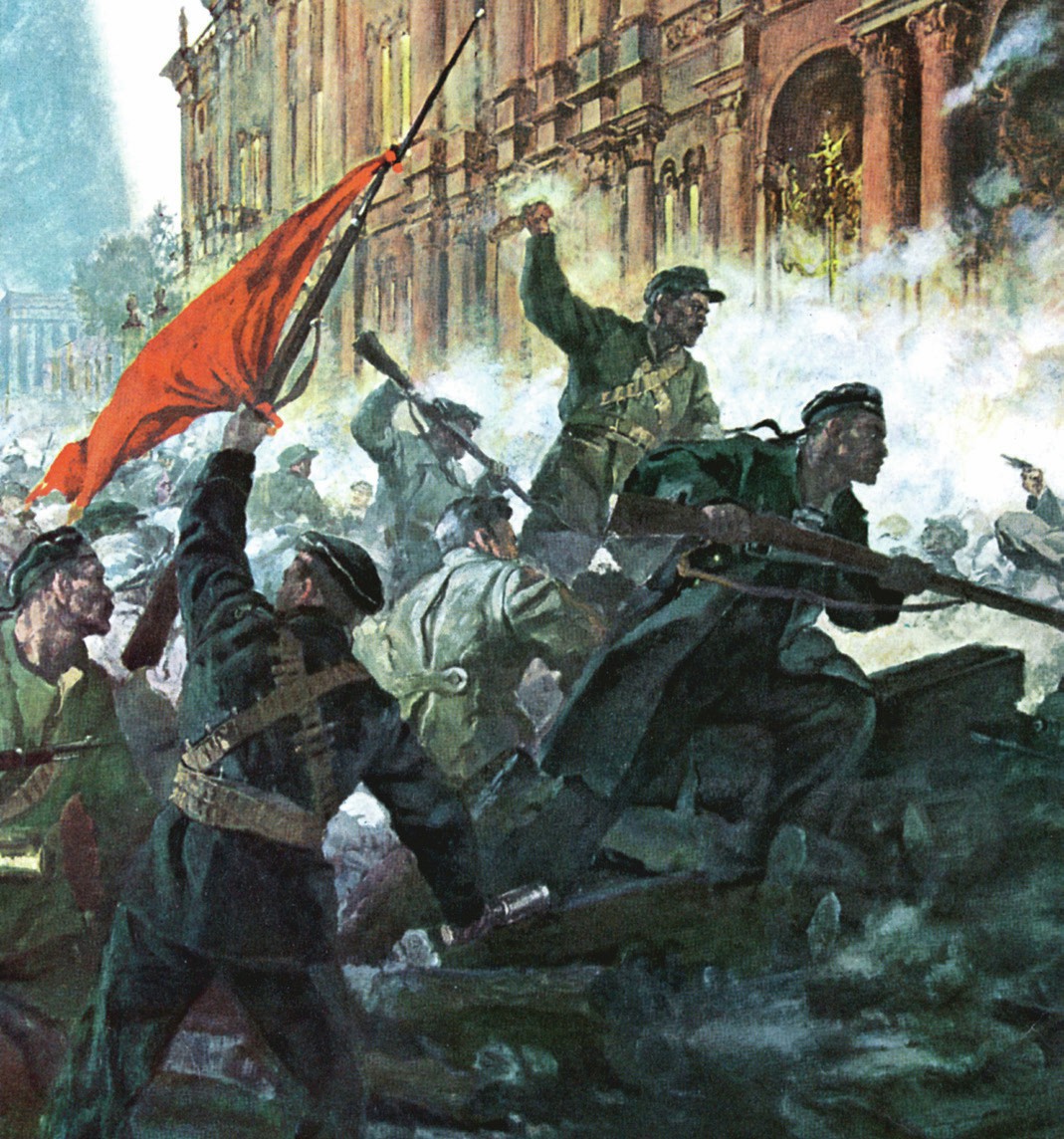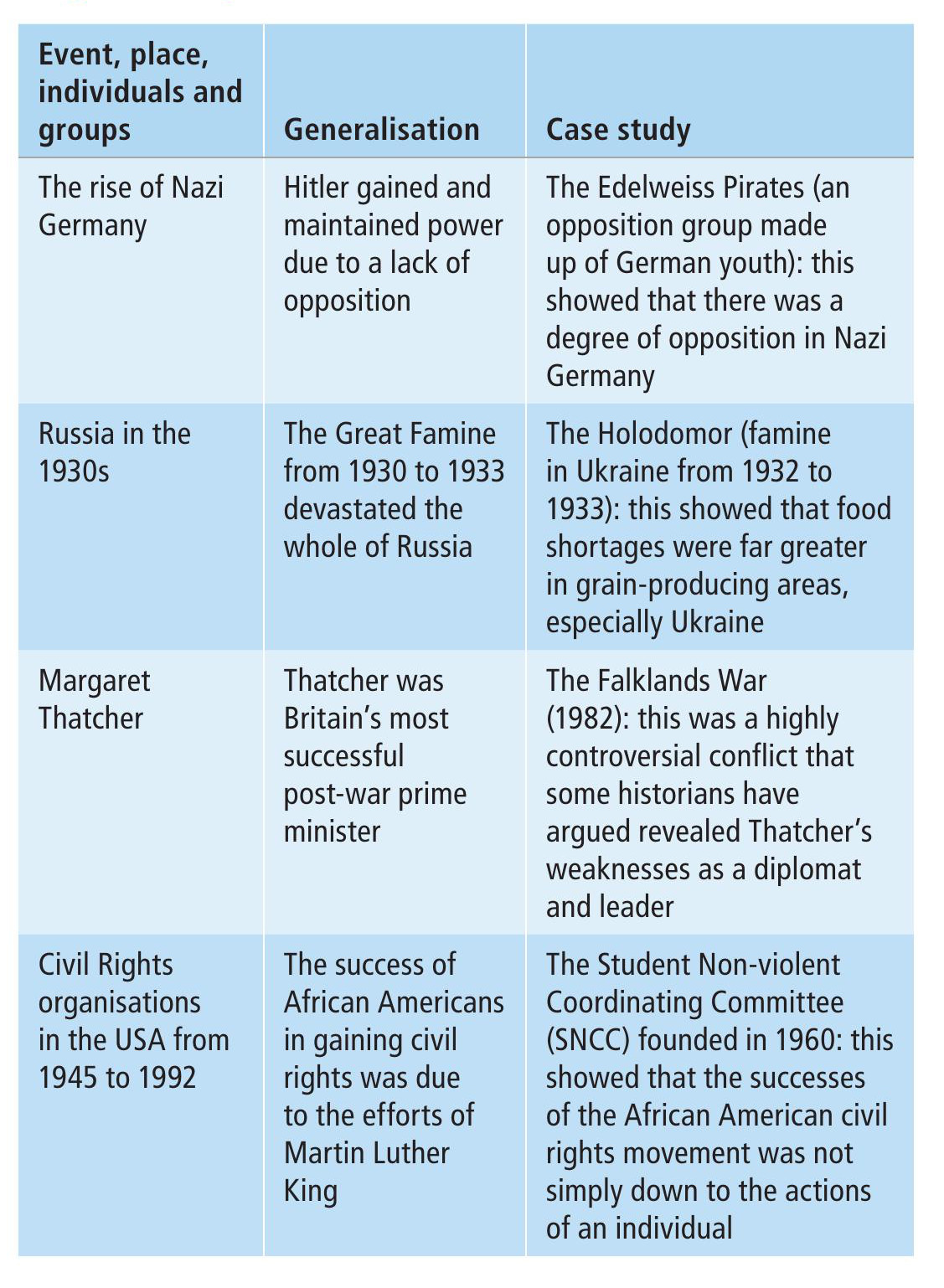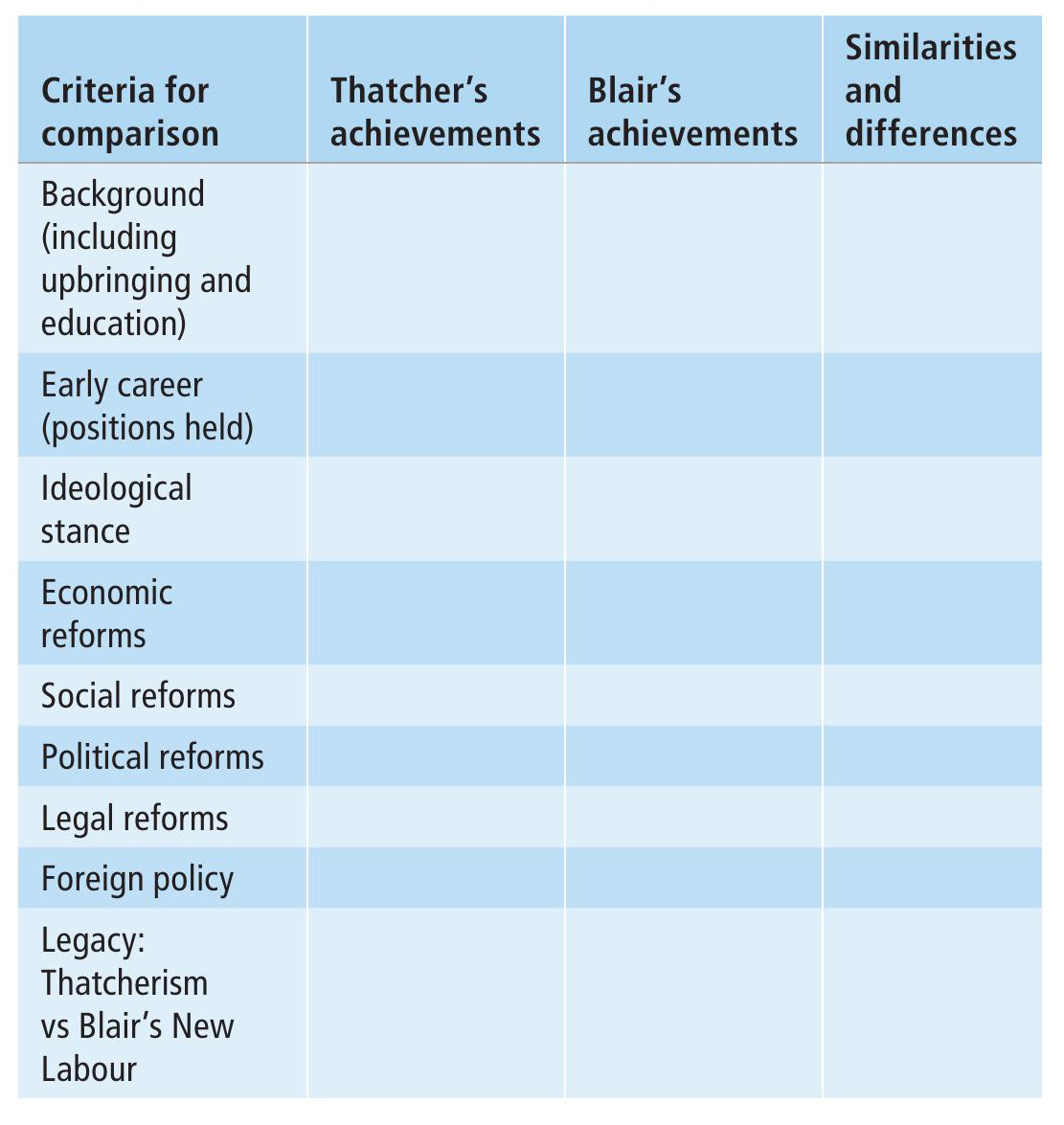EXAM SKILLS
Dealing with historical concepts
Change and continuity, similarity and difference
Learn how to better grasp these concepts to give your exam answers an edge
As an A-level history student, you soon become aware that history is as much about conceptual thinking as it is concerned with gathering historical knowledge (although the latter usually provides the basis for the former). This article focuses on two ‘second-order’ concepts: change and continuity and similarity and difference. It aims to show how they can be applied to historical problem solving, especially where they form the main assessment objective for particular parts of an exam specification.
Change and continuity
Change refers to the shift from one situation to another over a long period of time (which on A-level specifications is deemed to be at least 100 years). The opposite of change is continuity, where little is perceived to alter over a time period. However, the complexity of the concept is only fully appreciated when it is analysed according to the pace, extent, nature and process of change and continuity.
Pace
Pace equates to the speed of change. Developments throughout time have seldom occurred at a uniform pace. Events have unfolded slowly, steadily, quickly, suddenly and/or erratically. For example:
■ Some wars unfolded over a relatively long period. The Hundred Years’ War (1337–1453) was a series of late medieval armed conflicts between England and France that lasted for 116 years.
■ Steady progress could be seen to have been made in the achievement of civil rights by African-Americans from 1865 to 1992.
■ Technological innovations often emerge rapidly, such as during the 1960s in Britain; this was referred to by prime minister Harold Wilson as the time of the ‘white heat of technology’.
■ Revolutions often constitute sudden and dramatic change; the Russian Revolution of 1917 materialised in a matter of days (or even hours depending on how it is viewed).
■ Slow or steady change is often interrupted by more dramatic alterations in trajectory. Economic growth in Britain, dating from the first Industrial Revolution, was interrupted by a number of slumps or depressions, most notably in the 1880s and again in the late 1920s to early 1930s.

Extent
Extent refers to the degree or amount of change and continuity. This can be tricky to measure, although a useful way to do so is by considering developments thematically. Looking at patterns of economic, social, political, military and technological change and continuity can lead to quantifiable evaluation:
■ Economic change might be measured with reference to levels of production of goods and services, productivity, income generation, inflation, employment/ unemployment/underemployment rates and import/export levels.
■ Social developments could be viewed in terms of changes to healthcare, educational provision, demographics (population trends), housing stock, sport, leisure and deviant behaviour (crime patterns).
■ Political transformations are best considered with respect to election results, patterns of voter preference, political party and pressure-group activity, the turnover of political leaders and ideological trends.
■ Shifts in military activity are likely to be revealed through consideration of number and extent of conflicts, personnel involvement, the nature of warfare and the state of military technology.
■ Technological progress is often self-evident but is usually measured via the degree to which an invention or innovation impacts on the lives of people.
The nature of change and continuity can also be considered thematically. It involves taking a holistic view, including the analysis of causes and consequences of developments. The nature of change and continuity is also about spatial factors, that is the consideration of the experiences of different groups living in different places over time.
Finally, the process of change and continuity emphasises the linkages between events as they unfolded in the past rather than the what, when, who and where aspects of history. Particular happenings are related to others and should not be seen as being discrete. Process stresses the complex interplay of factors that determine the pace, extent and nature of change and continuity, ranging from the influence of environments (including climates) to the thoughts and behaviours of groups and individuals.
It should be obvious from the above that the study of A-level history is not simply about the accumulation and assimilation of historical facts. It demands a high degree of analytical thinking that involves the application of factual material to aid the solving of historical problems.

general election be seen as a turning point for Labour?
Ways to analyse change and continuity
You can improve your ability to handle the concept of change and continuity by:
1 Using timelines, from the beginning of your studies, to gain a factual overview of the period of time you are considering.
Pre-prepared timelines are available in awarding body authorised textbooks. They are a quick and efficient way of gaining a general knowledge and understanding of the period and topic being studied before attempting to discern patterns of change and continuity. Attempting to do the latter by learning sections of a 100-year period and applying the conceptual thinking as you progress would not make sense. General trends in change and continuity need to be assimilated at the start of your study of the period and can be refined at a later date.
2 Utilising visual representations, especially living graphs, to make judgements about pace, extent and nature.
For example, the move towards African Americans gaining civil rights might be charted on a template where:
■ the vertical axis represents the degree of change or significance of a particular event, such as the 1964 Civil Rights Act. The top of the axis will show a high level of change and the bottom will reveal very little change as a result of the event plotted.
■ the horizontal axis (from the middle or bottom of the graph) depicts a timeline. Remember to use a scale for the timeline that gives equal spacing to each block of time stated (for example, 1 cm for every 10 years from 1865).
You are likely to be familiar with this tool but if you are unsure what to do, have a look at some guidelines for living graph here: tinyurl.com/5t3rfw4a. It focuses on the popular A-level topic of the development of civil rights in the USA. The guidelines have been designed primarily for teachers but are easily accessible for students. They can be adapted to suit your own needs and for other topics.
3 Developing a language bank to help you chart and describe pace, nature and extent.
Students find it challenging to use language to describe change and continuity. There is a tendency to use phrases such as ‘a lot’ and ‘not much’ which are vague and lead to over-generalisation. It is better to have a wider vocabulary at hand that enables more precision when discussing patterns of change and continuity. The table below gives some examples of enhanced vocabulary (you can add to this and build your vocabulary as you move forward with your studies).

4 Using metaphors to boost your recognition and understanding of pace, nature and extent.
Metaphors are a proven way of enhancing conceptual understanding. Making links between the familiar and unfamiliar provides greater insight and enables us to describe and explain patterns of development. For example, Harold Wilson (see above) linked technological change in the 1960s to ‘white heat’, that is a level of progress that was intense and of a ‘hot’ pace. The Russian revolutionary Leon Trotsky believed that ‘war is the locomotive of history’. As a train (locomotive) moves forward at pace, war likewise also acts as a catalyst for rapid change and reform.
A more general example might be to consider the sky depicting change and continuity. The sky can be clear — changing very little — or suddenly dotted with black clouds that turn into a thunderstorm. You can play around with this idea, developing your own metaphors to suit. Maybe start by considering how other natural phenomenon depict change and continuity such as the sea, rivers, mountain ranges and forests.
5 Debating
A useful way to draw conclusions about the pace, extent and nature of change is to debate, with a fellow student, the relative merits of events and actions of individuals and groups as possible turning points. For example, to what extent was the 1997 general election a turning point in the fortunes of the Labour Party from 1900 to 2007? By arguing a case for and against the proposition, supported, of course, with references to other possible turning points, a balanced judgement can be reached.
Note that for a turning point to be genuine, something has to ‘turn’. In other words, the degree of change resulting from an event has to be demonstrable. This in turn raises some interesting questions about the discernible quantity and length of change required for a turning point to be declared.
Similarity and difference
This concept concerns the degree of congruence (or agreement) between individuals, groups and geographical regions during a point in time (as opposed to over time). Analytical thinking based on this concept helps you avoid making broad and misleading generalisations about the past. For example, Hitler and Mussolini are often seen as being similar leaders as they were both fascists. A more careful comparison would reveal this to be a highly generalised view. Generalisation can be useful as a way of describing events but always needs to be tested through a questioning process that reveals the complexity and diversity of how peoples lived in the past.
Ways to analyse
You can improve your ability to handle the concept of similarity and difference by:
1 Exploring individual case studies to reveal narratives of the particular and unique. Case studies can relate to events, places, individuals or groups. They can be used to either support or refute viewpoints. The table below shows some examples of how this might work.

2 Utilising visual representations
These can take the form of diagrams, maps, and tables. Using such tools is helpful in structuring and organising ideas about similarity and difference:
■ Diagrams: flow charts can be deployed to show how events, places, individuals and groups are connected (or not) at any one point in time and how such connections follow a similar or different pattern of development. Venn diagrams are also helpful in enabling you to sort out characteristics of similarity and difference.
■ Maps: geographical and historical maps are essential tools in providing pictures of regional variation at points in time. However, they should be treated the same as any historical source and you should deploy the faculty of critical analysis when using them.
■ Tables: a table is the most obvious way of sorting out features of similarity and difference but must be constructed with the inclusion of a column of criteria for comparison and contrast. For example, a template for a table looking at the relative merits of Margaret Thatcher and Tony Blair as British prime ministers might look like the following:

Dealing with historical concepts can at first appear daunting. However, by adopting a methodical, organised, structured and creative approach to your studies you will soon get to grips with them. Keep in mind that describing what happened in the past is often considered a low-level skill. Yet it is crucial to start with description when it comes to untangling the complexity of the patterns of change and continuity and similarity and difference that emerge from the study of the past.





